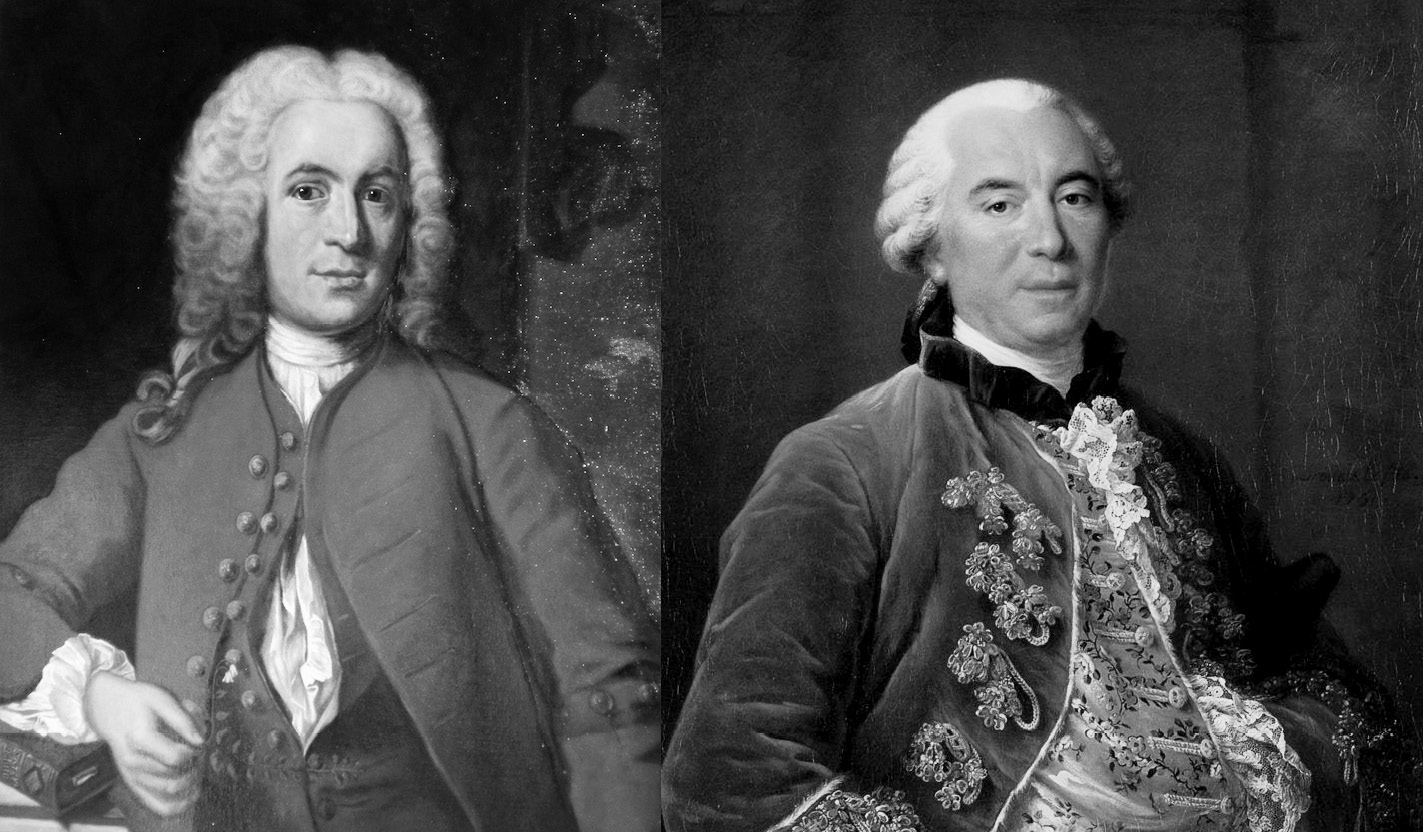
Carl Linnaeus and Georges-Louis de Buffon
Introduction
Savants
Objects are distinguished and known by classifying them methodically and giving them appropriate names. Therefore, classification and name-giving will be the foundation of our science.
—Linnaeus
The true and only science is the knowledge of facts.
—Buffon
For much of the eighteenth century, two men raced each other to complete a comprehensive accounting of all life on Earth. At stake was not just scholarly immortality but the very nature of our relationship to nature—the concepts and principles we use to comprehend the living world. Their monumental works, entitled Histoire Naturelle and Systema Naturae, were far more than catalogues. They were embodiments of very different worldviews, attempting to substantiate those worldviews by fitting each piece of life’s puzzle into a cohesive whole.
The task consumed their lifetimes. Both began believing that the Earth could not possibly hold more than a few thousand species, but as the decades passed, their grand compendiums remained vastly short of completion. The surprise of life’s profusion, of its unexpected diversity and nuance, led them to develop even more starkly divergent views on the environment, on humanity’s role in shaping the fate of our planet, and on humanity itself.
They were exact contemporaries, and polar opposites. Carl Linnaeus was a Swedish doctor with a diploma-mill medical degree and a flair for self-promotion, who trumpeted that “nobody has been a greater botanist or zoologist” while anonymously publishing rave reviews of his own work. Georges-Louis de Buffon, the gentleman keeper of France’s royal garden, disdained contemporary glory as “a vain and deceitful phantom,” despite being far more famous during his lifetime. Linnaeus, the anxious center of his own universe, preferred the company of student acolytes. Buffon, as renowned for his elegance as for his brilliance, cut a confident swath through the court of Versailles and the salons of Paris.
Linnaeus hewed closely to the Bible, while claiming divine inspiration for his own work. Buffon faced formal charges of blasphemy for suggesting the Earth might be older than Scripture indicated. Linnaeus thought his daughters unworthy of education, allowing them to learn only domestic skills. Buffon’s closest friendship was with a woman, an accomplished intellectual he considered in many ways his superior.
Linnaeus blithely laid the groundwork for racial pseudoscience, not only creating the categories that would later be labeled “races,” but assigning them fixed attributes (his Homo sapiens europaeus was inherently “governed by laws,” while Homo sapiens afer was “governed by whim”). Buffon advocated passionately against the herding of humanity into rigid categories, emphasizing instead our vast, nuanced diversity and common origin.
Their rivalry ran deep. Buffon, with magnificent hauteur, publicly pitied Linnaeus as the “obsessed” victim of a mania, while Linnaeus took secret glee in naming a species Buffonia after his nemesis—a plant with slender leaves, as Buffon had “indeed very slender pretensions to a botanical honor.” Yet both men had profoundly original minds. Both had astonishing capacities for work, pursuing their shared goal with unyielding discipline. As that goal continued to elude them, both persisted through chronic illness and bouts of staggering pain. Both attempted to raise their sons as successors, with tragic results. Both left behind legacies even more imposing than the sum total of their published works, legacies that contended for centuries. They still contend today.
Neither of them was a scientist—that term would not be coined until 1833, when the word science itself began to take on the meaning it has today. They were known in their time as savants, practitioners of a discipline that melded inquiry, philosophy, and a generous dollop of self-assumed authority. Yet many scientists of the nineteenth century eagerly claimed Linnaeus as a precursor, awarding him a posthumous fame that crowded the once-celebrated Buffon into obscurity. Gaining the upper hand during the chaos of the French Revolution and flourishing in the colonial expansionism of the Victorian era, pro-Linnaeus factions rushed not to disprove Buffon but to trivialize him, eviscerating his work while purporting to translate it. His Histoire Naturelle remained in print, but in abridged and adulterated versions that comprised near-parodies of the original.
Natural history, like human history, is written by the victors. For generations, adherents of the Linnean worldview were supremely confident of having won.
But flaws began to appear in that worldview as early as the 1860s, when Charles Darwin admitted that Buffon’s theories were “laughably like mine.” Attempting to reconcile Linnaeus’s rigid hierarchies with the constant change of evolution, naturalists cobbled together increasingly elaborate taxonomies that were riddled with redundancies and errors. In the twentieth century, the development of genetics and the discovery of DNA further broadened our understanding of life, making even clearer the insufficiencies of existing systematics and pointing toward alternatives. In the twenty-first century, advances such as epigenetics and genome sequencing have prompted scientists to concede the limitations of the Linnean worldview, to debate plans for its replacement, and to consider Buffon’s work and legacy anew.
This is the story of parallel lives lived on the grandest of scales, in pursuit of the core truths of our existence. The quest to know all life was an unwinnable impossibility, fueled by genius, hubris, the gleam of immortalizing fame, and the passion to simply understand—to know our world, and ourselves. There has never been a more human task.
—Jason Roberts